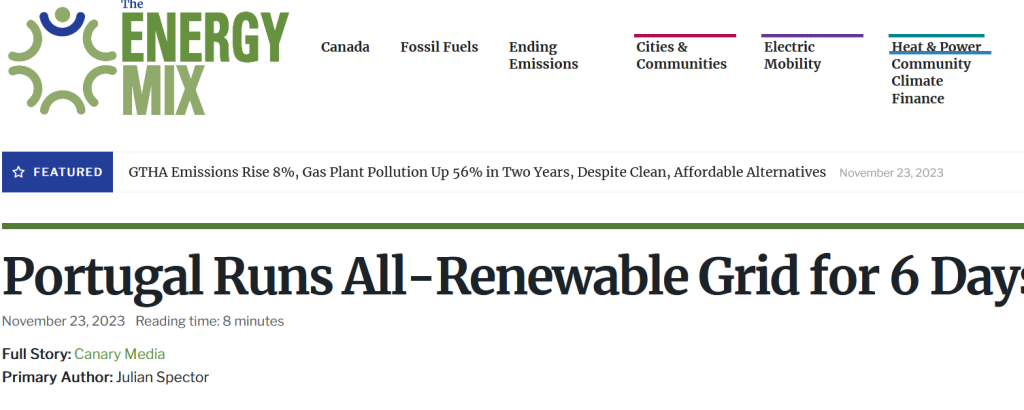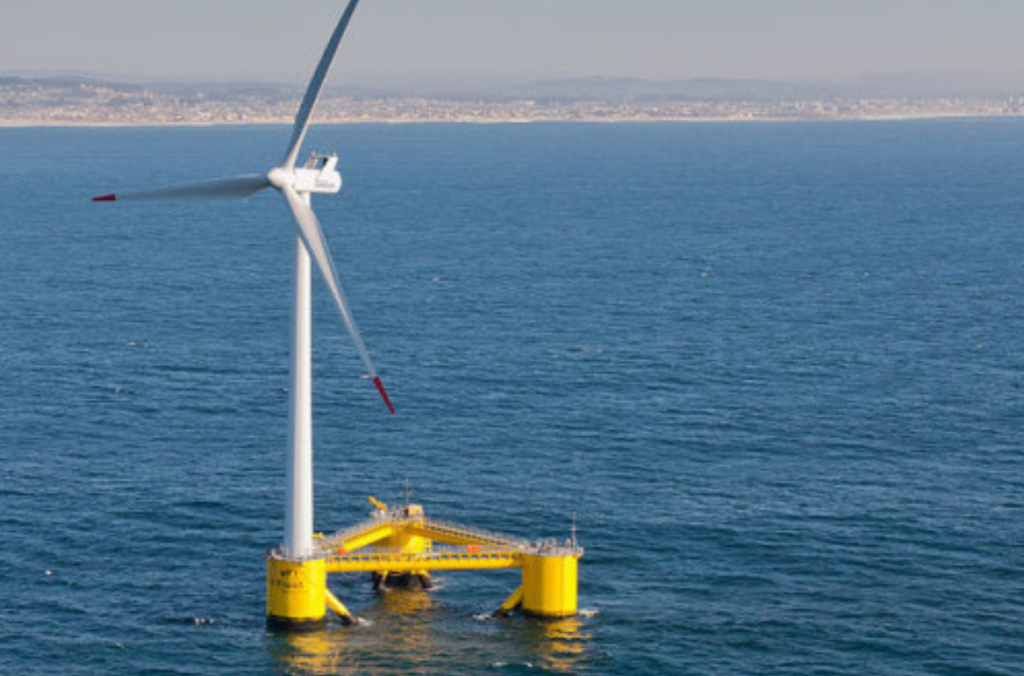

Portugal produced more than enough renewable power to serve all its customers for six straight days, from October 31 to November 6, Canary Media reports.
“The gas plants were there, waiting to dispatch energy, should it be needed. It was not, because the wind was blowing; it was raining a lot,” said Hugo Costa, who oversees Portugal for EDP Renewables, the renewables arm of the state utility, which was privatized in 2012. “And we were producing with a positive impact to the consumers because the prices have dropped dramatically, almost to zero.”
To hit Paris agreement climate goals by 2050, nations need to run their grids without carbon emissions not just for three or six days, but year-round, Canary Media writes, in a post republished via the Covering Climate Now news collaborative. A handful of countries already do this, thanks to generous endowments of hydropower, largely developed well before the climate crisis drove investment decisions for power plants. Others score highly on carbon-free power thanks to big fleets of nuclear plants.
Portugal falls into a different, more relatable bucket: It started its decarbonization journey with some legacy hydropower, but no nuclear capacity nor plans to build any. That meant it had to figure out how to cut fossil fuel use by maximizing new renewables.
How did Portugal make this happen? It committed to building renewables early and often, pledging a 2050 deadline for net-zero carbon emissions in 2016, several years before the European Union as a whole found the conviction to take that step. Portugal’s last coal plants shut down in 2022, leaving (imported) fossil gas as the backstop for on-demand power.
Read more:

